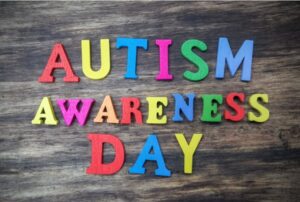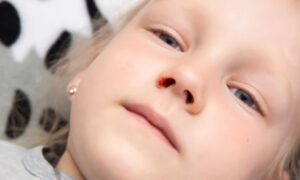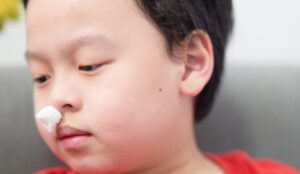What is Allergic Conjunctivitis?
Allergic conjunctivitis is an inflammation of the conjunctiva in response to an allergen. It is usually seasonal and is accompanied by upper respiratory symptoms and swollen conjunctiva, along with severe itching and increased tearing.
Types of Allergic Conjunctivitis
Seasonal Allergic Conjunctivitis - presents more rapidly, usually after exposure to pollen, grass, and other airborne allergens, occurring predominantly in spring and summer, sometimes in autumn.
Perennial Allergic Conjunctivitis: Persistent throughout the year, usually triggered by indoor allergens such as animal dander, dust, and mold spores.
Symptoms of Allergic Conjunctivitis
- Strong itching in the eyes, a desire to rub the eyes.
- Redness and swelling of the eyes.
- Watery or white, sticky discharge from the eyes.
- These symptoms may be accompanied by nasal symptoms such as a runny or itchy nose, and sneezing.
How is Allergic Conjunctivitis in Children Diagnosed?
Doctors typically diagnose allergic conjunctivitis in children based on their symptoms and eye examination. Sometimes, specific blood tests or skin tests are needed to diagnose the allergens.
How to Treat Allergic Conjunctivitis?
Treatment for allergic conjunctivitis typically involves the following methods:
- If the symptoms are mild, gently wiping the eyes with a cotton ball soaked in warm water can make the child more comfortable, remember to wipe in one direction.
- If allergic conjunctivitis causes eye pain, inflammation, and itching, the doctor may prescribe antihistamines.
- You may have heard that washing a baby's eyes with breast milk can clean the dirty and sticky discharge from the eyes, but breast milk cannot treat conjunctivitis.
- Lubricating eye drops such as "artificial tears" can provide some relief.
- Use of antiallergic eye drops, for mild cases, eye drops containing antihistamines (ketotifen) are sufficient. If this is not effective, prescription antihistamine eye drops (such as olopatadine or levocabastine) or mast cell stabilizers (such as nedocromil) may be effective. Another option for chronic symptoms is topical cyclosporine.
- Use cool eye supplements or cold compresses.
- Avoid known allergens.
By following these methods, you can effectively help your child manage allergic conjunctivitis, reduce symptoms, and improve their quality of life.
References:
https://eyewiki.aao.org/Allergic_Conjunctivitis
https://www.hopkinsmedicine.org/health/conditions-and-diseases/allergic-conjunctivitis








